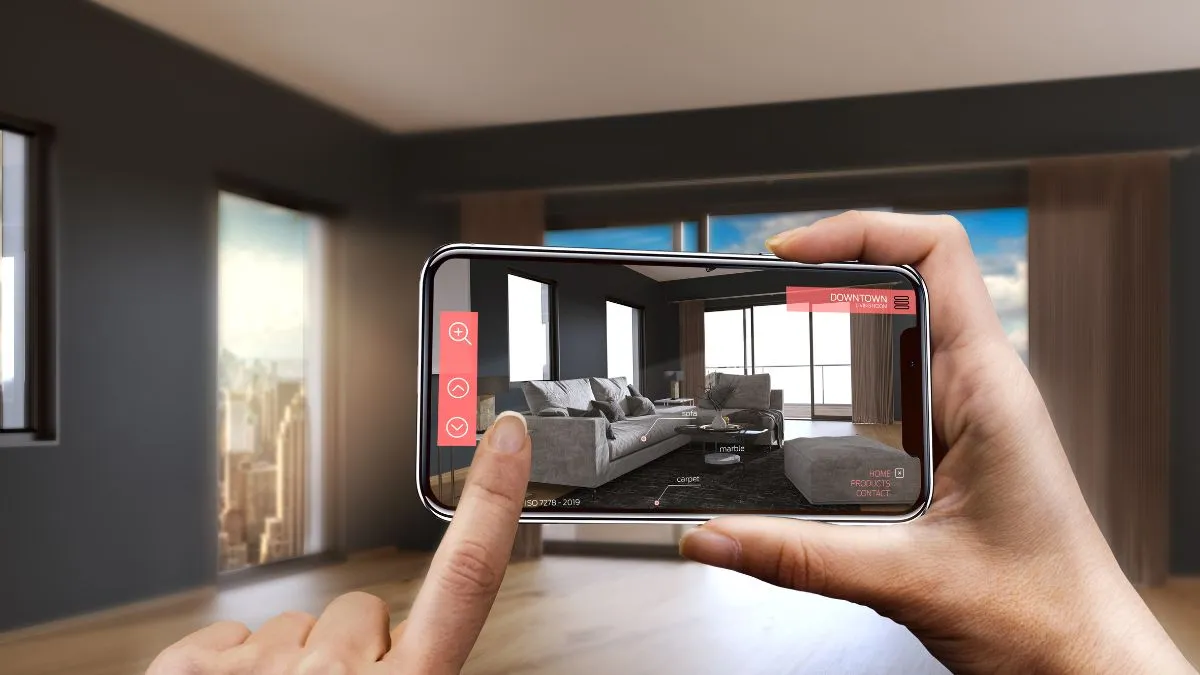Digital shopping is undergoing a revolutionary transformation, with Augmented Reality (AR) emerging as the game-changing technology that’s reshaping how consumers interact with products online. Gone are the days when online shoppers had to rely solely on static images and product descriptions to make purchasing decisions. Today’s consumers expect more immersive, interactive experiences that closely mirror the tactile nature of in-store shopping.
AR technology seamlessly blends digital elements with the physical world, allowing customers to visualize products in their real environment, try on items virtually, and gain a comprehensive understanding of what they’re purchasing before clicking “buy.” This technological marvel addresses one of e-commerce’s most persistent challenges: the inability for customers to physically interact with products before making a purchase decision.
The impact of AR on online shopping extends far beyond mere novelty. Research indicates that 74% of consumers now expect retailers to offer AR experiences, highlighting the growing demand for this technology. Major e-commerce platforms like Amazon, Shopify, and Alibaba have already integrated AR capabilities into their shopping experiences, while smaller retailers are leveraging AR apps to compete with industry giants.
From virtual try-ons for clothing and makeup to furniture placement in living spaces, AR is transforming every aspect of the online shopping journey. This technology not only enhances customer confidence in their purchases but also significantly reduces return rates, increases conversion rates, and builds stronger brand loyalty. As we delve deeper into the role of AR in online shopping, we’ll explore how this innovative technology is creating more engaging, personalized, and satisfying shopping experiences for consumers worldwide.
Virtual Try-On Solutions: Redefining Fashion and Beauty Shopping
One of the most impactful applications of AR in e-commerce is virtual try-on technology, which has revolutionized how customers shop for clothing, accessories, and beauty products. This technology addresses the age-old problem of online shoppers wondering whether items will look good on them or fit properly.

Fashion retailers now offer AR-powered fitting rooms where customers can see how different outfits look on their bodies without physically trying them on. Beauty brands have embraced AR to allow customers to test various makeup shades and see how products complement their skin tone using just their smartphone cameras. This level of interaction significantly reduces the uncertainty associated with online beauty and fashion purchases, leading to higher customer satisfaction and fewer returns.
Product Visualization and Placement: Bringing Products to Life
AR’s product visualization capabilities have proven particularly valuable for furniture, home decor, and electronics retailers. Customers can now place virtual versions of products in their actual living spaces, helping them assess whether items suit their home environment before making purchase decisions.
Companies like IKEA have pioneered this approach with their AR-powered apps that allow customers to visualize furniture in their homes with true-to-scale 3D models. This technology eliminates guesswork about size, color matching, and spatial fit, resulting in more confident purchasing decisions and reduced return rates.
Enhanced Customer Engagement and Conversion Rates
AR technology inherently creates more interactive shopping experiences that keep customers engaged longer on e-commerce websites. The longer customers spend interacting with products through AR features, the more likely they are to make purchases.
Studies show that AR experiences significantly boost conversion rates by bridging the gap between online and offline shopping. When customers can virtually interact with products in meaningful ways, they develop stronger connections to items and brands, leading to increased purchase likelihood and brand loyalty.
Data-Driven Insights and Business Optimization
Beyond enhancing customer experiences, AR provides retailers with valuable data-driven insights about customer behavior and preferences. By tracking user interactions with AR elements, businesses gain deeper understanding of customer preferences, enabling them to optimize product displays, customize marketing strategies, and refine user experiences.
This symbiosis of data analytics and AR technology leads to more efficient and strategic decision-making in e-commerce businesses, helping retailers stay competitive in the dynamic digital marketplace.



